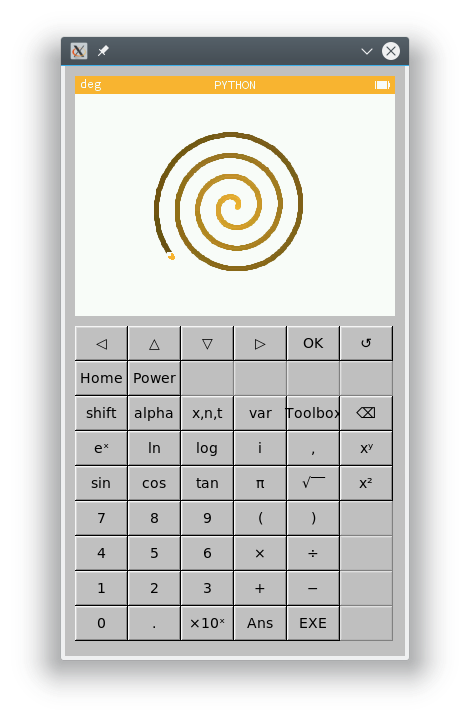Right now I'm using a battle-scarred Acer Chromebook R13 as my main driver. I bought it on a whim because my stuff tends to regularly blow up and my Debian laptop tried my patience one too many times. It proved to be both resilient and surprisingly versatile, especially since crostini and its Debian containers became available on it. It punches way above its weight for a fanless, quad-core ARM64, 13-inch laptop with 12 hours of battery.
My normal computer is a Ryzen 1800X with 32 GiB of RAM, 512 GB of SSD and a 1440p display, used as a beefy programming workstation. Like its owner, it's very effective at its job yet tends to crash every so often. I haven't booted it up in weeks because my Chromebook gets the job done and can sit on my lap.
I also have a bunch of other computers, but nothing really noteworthy nor recently used.
Not really my computers, but I do co-maintain a 5-rack datacenter at my job among other things. Our latest acquisition is a Dell PowerEdge R7425 with 64 cores, 192 GiB of RAM and 3x 2 TiB SSDs, soon to be used as a build machine. It's ludicrously powerful, especially since I've banned VMs on it and decreed only Docker containers shall be used. Being able to automatically invoke pristine Jenkins worker containers on-demand on it is just icing on the cake.
My normal computer is a Ryzen 1800X with 32 GiB of RAM, 512 GB of SSD and a 1440p display, used as a beefy programming workstation. Like its owner, it's very effective at its job yet tends to crash every so often. I haven't booted it up in weeks because my Chromebook gets the job done and can sit on my lap.
I also have a bunch of other computers, but nothing really noteworthy nor recently used.
Not really my computers, but I do co-maintain a 5-rack datacenter at my job among other things. Our latest acquisition is a Dell PowerEdge R7425 with 64 cores, 192 GiB of RAM and 3x 2 TiB SSDs, soon to be used as a build machine. It's ludicrously powerful, especially since I've banned VMs on it and decreed only Docker containers shall be used. Being able to automatically invoke pristine Jenkins worker containers on-demand on it is just icing on the cake.









